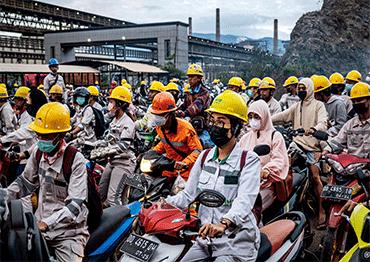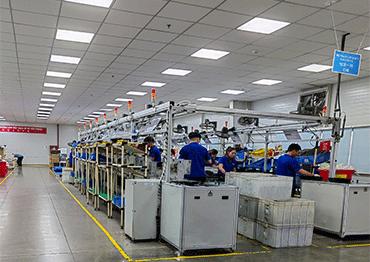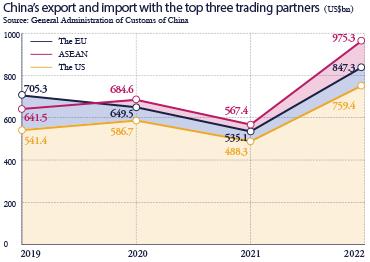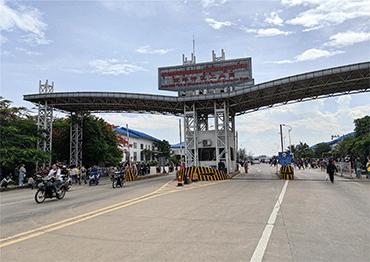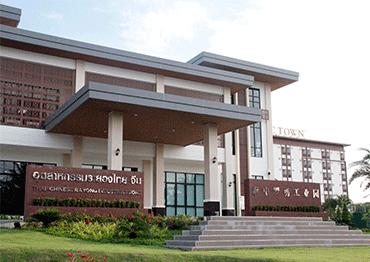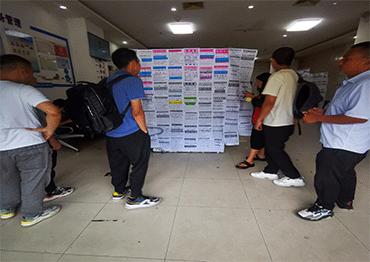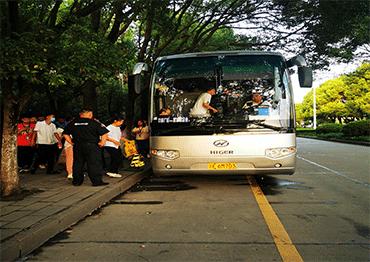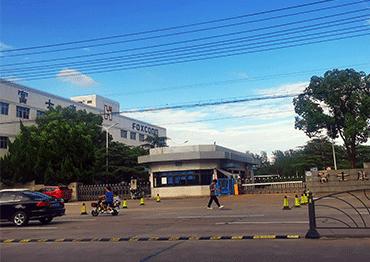Chai believes it is important for SMEs to move offshore. He believes they can help complete China’s supply chain overseas, connecting the domestic and overseas markets.
“If Chinese companies go out and get embedded into every corner of the world, it will be impossible to exclude China [from the core global value chain],” Zhu Xingbing said.
But it is not easy. Plastics manufacturer Jin Gang told NewsChina that as Vietnam lacks equipment and support industries, they have to transport everything from China, which increases costs and reduces efficiency.
“Usually, it takes 40 days to finish an order at home, but in Vietnam it takes 80 or even 90 days,” said Jin Gang. “The clients are not satisfied either way.”
His products involve dozens of procedures, and it is not realistic to move them all to Vietnam, as they are short of skilled technicians, and efficiency tends to be lower at the beginning.
Even though Vietnam is associated with low costs, Wang revealed production costs can actually be higher, particularly as startup costs include buying land, facilities and transporting equipment. Latecomers found the costs are even higher. “In 2018, one mu (667 square meters) of industrial park land cost around 200,000 yuan (US$28,082). The price quadrupled this year,” said Zhou Heng, manager of Dinghua Consulting Company in Vietnam. There is a shortage of factory facilities to rent.
Jin Gang said some of his friends in the industry who went to Vietnam two years ago have since returned. “Some of the promised orders didn’t materialize. They had problems finding suppliers and managing local employees due to language and cultural barriers,” he said.
But what he worries about most is policy uncertainty. He feels Vietnam plans to tighten requirements for foreign investment. “I originally planned only on assembling there as a stopgap. But we can see there will likely be increasing requirements over the localization of raw materials and workers. I’m considering the ramifications,” Jin Gang said.
He revealed that he plans to focus more on cultivating the domestic market, so they can withdraw one day if it becomes necessary.
Consultant Zhou Heng acknowledged it is hard in the early stages, particularly for those without overseas experience. “It’ll take a couple of years for them to get used to local policies and culture. But as long as they have orders, things will get better,” Zhou said. Some of his clients that came in 2018 developed quickly in Vietnam. “Now they’re investing in South America and Eastern Europe.”
Zhu Xingbing, whose company was the first to manufacture paper shredders in Vietnam, told NewsChina their exports to the US doubled or even tripled in the past two years.
In 2020, challenges rose as orders surged. The company struggled with the 800-strong Vietnamese workforce when Chinese managers could not leave China due to the Covid lockdown.
“It isn’t cheaper than manufacturing in China and managing local workers is challenging,” Zhu said. However, he is happy to see his local employees are becoming more professional. “They’re very young and they keep growing and they are cooperative. I feel a sense of achievement seeing their growth. It’s a win-win situation,” Zhu said.
He sees it is a good opportunity, for companies and for China. “If Chinese companies don’t relocate, and instead companies from other countries come to Vietnam and build the supply chain, we’ll just die at home. Now we’re building the chain overseas and purchasing parts from China, so we’re still supporting domestic industries.”
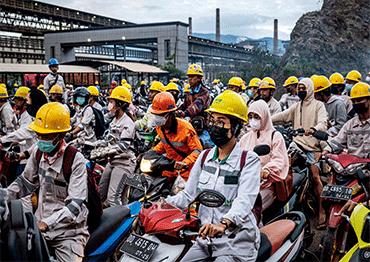
 Old Version
Old Version
